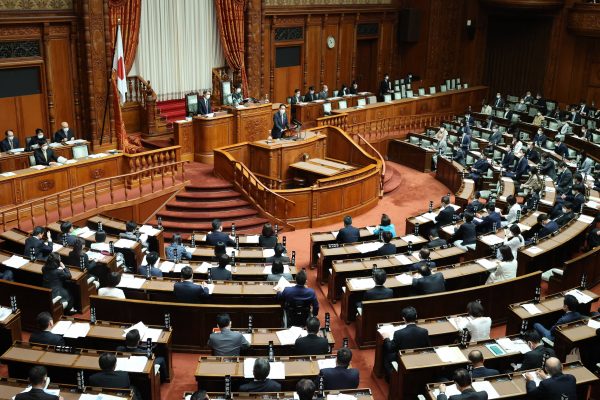Activists, lawyers, parties and politicians are now waiting for a final decision to be made by the Supreme Court. Malapportionment has several political consequences. It goes against the constitutional principle of equality and no discrimination. In the 2021 election, the least populated district (Tottori 1st district) had 231,313 voters, compared to 482,445 voters in the most populated one (Tokyo 13th district). This means that voters in Tottori 1st district had twice the voting power. Perhaps more importantly, malapportionment favours rightist parties, since rural voters tend to be more conservative.
Part of the reason for this disparity was the partisan redistricting guidelines, which were created in 1994 alongside electoral reforms that changed the previous system to a combined mixed-member system of single-member districts and proportional representation. The redistricting guidelines required each of Japan’s 47 prefectures to receive one seat before the remaining seats are allocated in proportion to the population. Regardless of population size, rural prefectures were automatically guaranteed to have at least one district.
The Supreme Court has often made rulings to pressure politicians to resolve the issue. Its three consecutive rulings for the 2009, 2012 and 2014 elections finally led politicians to abolish the previous redistricting guidelines and to introduce ‘Adams’ Method’ in 2016, under which the allocation of seats was made more fair and proportional. In the meantime, politicians also agreed to redistrict 97 districts to keep the voting power disparity below two before the 2017 election. But the results of the 2020 national census revealed population shifts made the disparity more than two.
Redistricting is done by a neutral committee under the Ministry of Internal Affairs. Its non-partisan members decided in February 2022 that, based on the latest census, Tokyo and other urban prefectures will be allocated 10 more seats, while one seat will be subtracted in 10 rural prefectures, including Wakayama and Okayama. Based on this ‘Increase 10, Decrease 10’ plan, the committee will propose new district borders.
A short-term consequence of the planned redistricting will be feuds within political parties over who should run in single-member districts, especially in the ruling Liberal Democratic Party (LDP). Incumbents favour the status of being a single-member district representative compared to being elected through a proportional representation list. Having their own territories gives politicians an avenue to control their future prospects. Politicians abhor their party controlling their electoral fate via proportional representation nominations because they cannot be sure what rank they will be given on the list.
A long-term consequence will be that the LDP — a party that is traditionally stronger in rural areas — may face difficulties in keeping its majority. Tokyo and other urban prefectures are predicted to have 30 more districts by 2075. Given that the LDP won most of the rural single-member districts and only half of the urban areas in the 2021 election, the party may lose up to 20 seats in several decades simply because of geographical population shifts and redistricting.
It is no wonder LDP politicians balked at the commission’s plan. As many as 154 LDP members joined forces to completely revise the electoral system for the lower house. Former LDP secretary-general Toshihiro Nikai was furious because he is based in Wakayama — where three lower house members will be reduced to two.
Another prefecture likely to see intraparty tensions is Yamaguchi, where some heavyweights like former prime minister Shinzo Abe will have to play a game of musical chairs. The speaker of the lower house, Hiroyuki Hosoda, even proposed his own plan that implicitly disregarded the committee’s ‘Increase 10, Decrease 10’ plan.
Instead of complaining about the redistricting committee’s plan, the LDP should take a future-oriented approach to stay in power. It should build up its image as a national party that equally represents people from urban and rural areas. It will need to invent attractive policy packages that appeal to urban youth, which the party has traditionally ignored.
It is time for everyone in the political sphere — the LDP, the opposition and Japanese citizens — to reconsider what electoral system is the best for the country in achieving fair representation. When the current system was introduced in 1994, it was expected to give rise to a two-party system and regular changes of government. But the LDP has been in power since then, except for a brief period between 2009 and 2012. One solution would be pure proportional representation since it would bring fair representation for both urban and rural voters and sidesteps the need for redistricting in the future.
Kuniaki Nemoto is Professor of Political Science at Musashi University.

